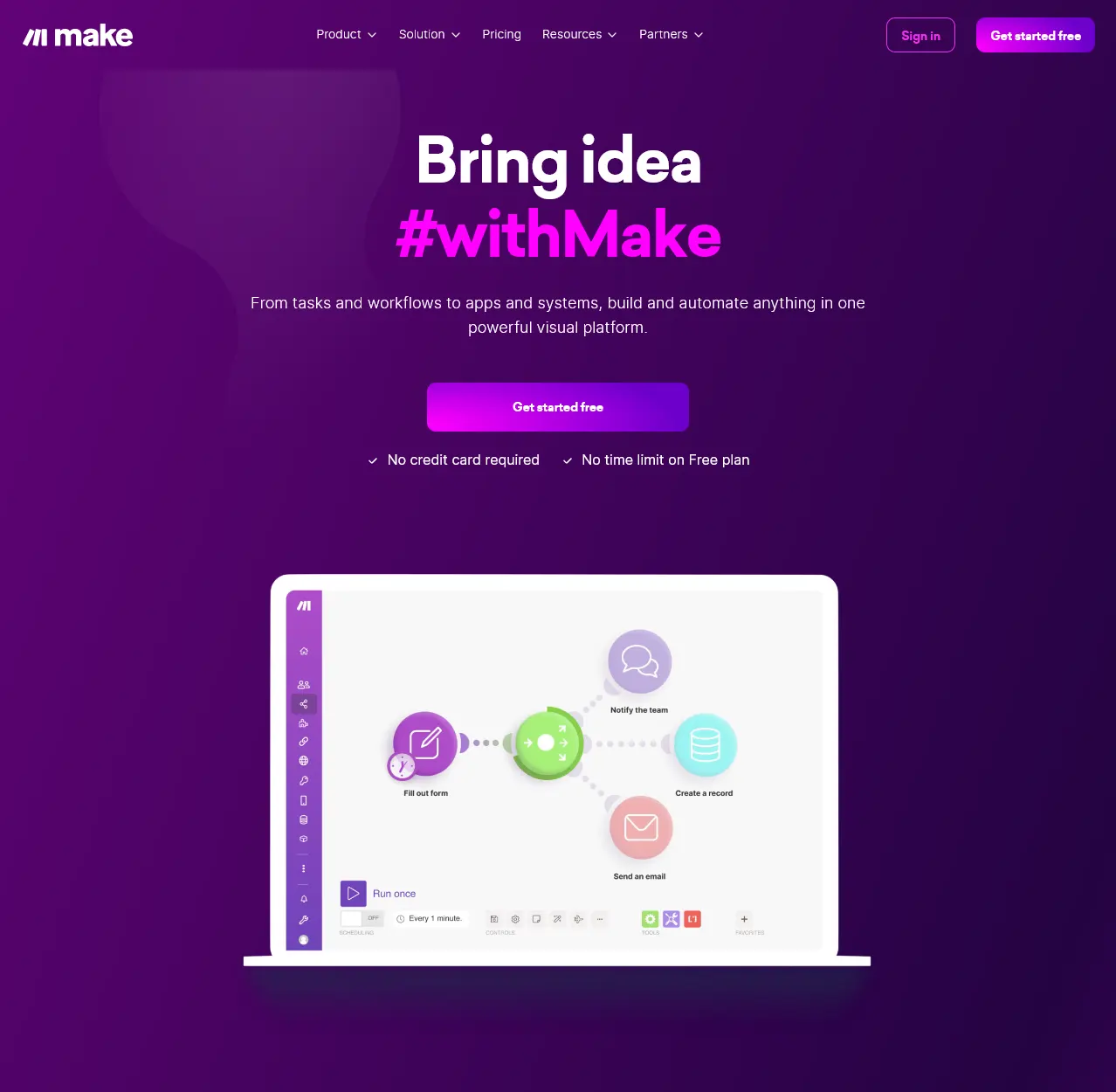Part Exchange on Financed Cars: Options and Considerations
Understand part exchange with a financed vehicle
Part exchange a car that’s stock still on finance is a common scenario many car owners face. When you’re ready for a new vehicle, but stock still have outstanding payments on your current one, you might wonder if trade it in is possible. The short answer is yes, but there be important details to understand before proceed.
Part exchange, likewise know as trade in, allow you to use your current vehicle as partial payment toward a new one. When your car has outstanding finance, the process become more complex but remain completely doable with the right approach.
How part exchange work with a finance car
When you part exchange a car that’s stock still on finance, the process typically follows these steps:

Source: optimalautoparts.com
1. Vehicle valuation
The dealer will assess your current car and will offer a trade in value. This valuation is base on factors like make, model, age, condition, mileage, and market demand. It’s important to get multiple valuations to ensure you’re received a fair offer.
2. Settlement figure calculation
You will need to will contact your finance company to will obtain a settlement figure. This reprepresentse total amount require toclearingour remain finance balance, include any early repayment fees. The settlement figure is crucial for determine whether your car hahasositive or negative equity.

Source: carplus.co.uk
3. Equity assessment
The dealer compare your car’s trade in value against the settlement figure:
- Positive equity: If your car is worth more than you owe, the difference can be put toward your new vehicle.
- Negative equity: If you’ll owe more than your car is worth, you will need to will cover this shortfall, either by pay the difference or will roll it into new finance ( w(ch have implications ). )
4. Finance settlement
The dealer typically handles pay off your exist finance direct with your lender. Thisstreamlinese the process and ensure the loan is right clear before ownership transfers.
Types of car finance and their impact on part exchange
Different finance agreements have varied implications for part exchange:
Personal contract purchase (pPCP)
With PCP, part exchange before the end of your agreement mean pay the settlement figure, which include the remain payments plus the balloon payment (final larger payment ) This much result in negative equity, peculiarly in the early stages of the agreement.
If you’re near the end of your PCP term, you might be better off return the car to the finance company and start fresh kinda than part exchange.
Hire-purchase ( ( )
)
Under hp agreements, you gradually build ownership of the vehicle as you make payments. Part exchange works likewise to PCP, but without the balloon payment, there be typically less negative equity to overcome.
Personal contract hire (pPC))
With leasing (pPC))you don’t own the vehicle, then traditional part exchange isn’t possible. Early termination of a lease commonly involve significant fees, make it financially unfavorable in most cases.
Personal loan
If you purchase your car use a personal loan, you technically own the vehicle unlimited. This make part exchange square, as you can trade in the car and continue pay your loan individually. Nonetheless, you’re nonetheless responsible for settle the loan finally.
Deal with negative equity in part exchange
Negative equity is one of the biggest challenges when part exchange a finance car. If you owe more than your car is worth, you have several options:
Pay the difference
The cleanest solution is to pay the shortfall upfront. This allows you to start fresh with your new finance agreement without carry over debt.
Roll over the negative equity
Many dealers allow you to add the negative equity to your new car finance. While this require no immediate payment, it means:
- You’ll be will finance more than your new car is worth
- You’ll pay interest on the will roll over amount
- You will start your new agreement already in negative equity
This option should be approach conservatively, as it can create a cycle of escalate debt.
Delay the part exchange
Sometimes the best option is to continue with your current agreement until you reach a better equity position. This might mean wait until you’ve paid down more of your finance or until your car’s depreciation curve flattens.
Strategies to maximize your part exchange value
To get the best possible outcome when part exchange a finance car:
Research your car’s value
Use online valuation tools from reputable sources like Kelley blue book, Edmund, or tTrueCarto understand your car’s fair market value before visit dealerships. This knowledge give you negotiate power.
Improve your car’s condition
Simple improvements can boost your car’s value:
- Professional cleaning indoors and out
- Fix minor cosmetic issues
- Address small mechanical problems
- Ensure all service records are improving to date
Time your part exchange
Consider market factors that might affect your car’s value:
- Seasonal demand (convertibles in summer, aAWDvehicles in winter )
- Model year changes (values drop when new models are release )
- Fuel price fluctuations (affect demand for efficient vs. Powerful vehicles )
Shop some
Don’t accept the first offer you receive. Get valuations from multiple dealers, include both franchised and independent retailers. Online car buying services may besides provide competitive offers.
The legal process of part exchange a finance car
Part exchange a finance car involve specific legal considerations:
Disclosure requirements
You must lawfully inform the dealer that your car is on finance. Attempt to sell a finance vehicle without disclose the outstanding loan could constitute fraud.
Settlement authorization
Your finance company will require proper authorization to will discuss your account with the dealer. This typically involve provide write permission for the dealer to contact your lender regard the settlement.
Documentation
Ensure you receive and keep copies of all documentation, include:
- The part exchange valuation
- Settlement confirmation from your finance company
- The new finance agreement details
- Write confirmation that your previous finance has been settled
Alternatives to part exchange
If part exchange doesn’t seem advantageous, consider these alternatives:
Voluntary termination
For PCP and hp agreements, you may have the right to voluntarily terminate once you’ve paid 50 % of the total amount payable. This can be a good option if you’re in negative equity but have reach this payment threshold.
Sell privately
You might get more for your car by sell it privately kinda than trade it in. Still, you will need to will settle the finance 1st or will arrange for the buyer’s payment to go direct to the finance company with your additional funds to will clear the loan.
Car buying services
Companies that specialize in buy cars oftentimes handle finance vehicles and may offer more competitive prices than dealer part exchange values. They typically manage the settlement process direct with your finance company.
Common questions about part exchange financed cars
Can I part exchange my car if I’m can on payments?
It’s possible but challenging. Being in arrears will complicate the process and may will affect the settlement figure. It’s best to bring your account current before attempt to part exchange.
Will part exchange will affect my credit score?
Decently settle your finance through part exchange shouldn’t negatively impact your credit score. Notwithstanding, if there be issues with the settlement or if you roll significant negative equity into a new agreement, it could affect your debt to income ratio.
Can I part exchange my car for a less expensive model?
Yes, this is call trade down. If your current car have positive equity, the excess can be used as a deposit on your new, less expensive vehicle, potentially reduce your monthly payments.
Do I need to service my car before part exchange?
It’s not purely necessary, but a lately service car with complete maintenance records typically command a better price. If a major service is due presently, dealers will factor this cost into their valuation.
Make the final decision
Before proceed with a part exchange on your finance car, take these final steps:
Calculate the total cost
Compare the financial implications of part exchange versus other options. Consider:
- Any early settlement fees
- The impact of negative equity if applicable
- The terms of your new finance agreement
- The total cost over the life of the new agreement
Check for timing opportunities
Sometimes wait exactly a few months can importantly improve your position, specially if:
- You’re close to the 50 % mark for voluntary termination
- Your PCP agreement is near its end
- Your car is approach an age or mileage threshold where depreciation slow
Get everything in writing
Before finalize any part exchange, ensure all offers, valuations, and terms are provided in writing. Thisprotectst you from unexpected changes and provide clarity on precisely what you’ragreedee to.
Conclusion
Part exchange a car on finance is totally possible and much convenient, but require careful consideration of your specific financial situation. By understand your current agreement, research your car’s value, and explore all available options, you can make an informed decision that align with your financial goals.
Remember that the best approach vary base on your individual circumstances, include your current equity position, the type of finance agreement, and your priorities for your next vehicle. Take the time to will evaluate these factors exhaustively will help will ensure that your part exchange experience is positive and financially sound.



